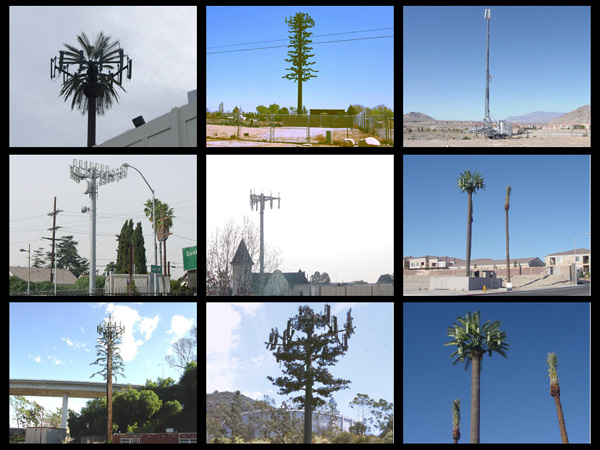Through the individual itineraries
of its citizens Los Angles reinvents itself daily, creating an ephemeral
urban identity in its airwaves. The boundaries of the city are blurring
further as the interactions that used to happen in face to face transactions
have now been transplanted by distance shrinking telephone conversations,
e-mail and network connections. With communication being freed from the
confines of the land-based systems and adapted to the body (palm-sized mobile
phones, pda’s and laptop computers) the individual is able to leap
beyond previous spatial barriers to create their own connections. Where
the telephone used to create a comfortable spatial distance, today our next
call could be coming from the other side of the world or from a cell phone
outside our window. No longer do physical territory, or socially engrained
values define a city, but the will of its citizens. The speed of the freeway
is being eclipsed by the speed of communication. Built out of increasing
demand from consumers, the cellular networks like the freeways before them
promise to spatially liberate the citizen. Stealthy networks of towers and
transmission stations span across the city in a hexagonal grid, allowing
free roaming accessibility to the radio spectrum. This privately financed
infrastructure is being built out in stages, a process where the first network
provides thin coverage zones, which produce revenue to finance its own perpetual
growth over successive stages. Rather than ubiquitous networks, the cell
maps show a definable hierarchy, which follow the major freeways through
the city and neglect the older neighborhoods.
| 01 | 02 | 03 | 04 | 05 | 06 | 07 | 08 | 09 | 10 | 11 | 12 | 13 | 14 | 15 | next |
